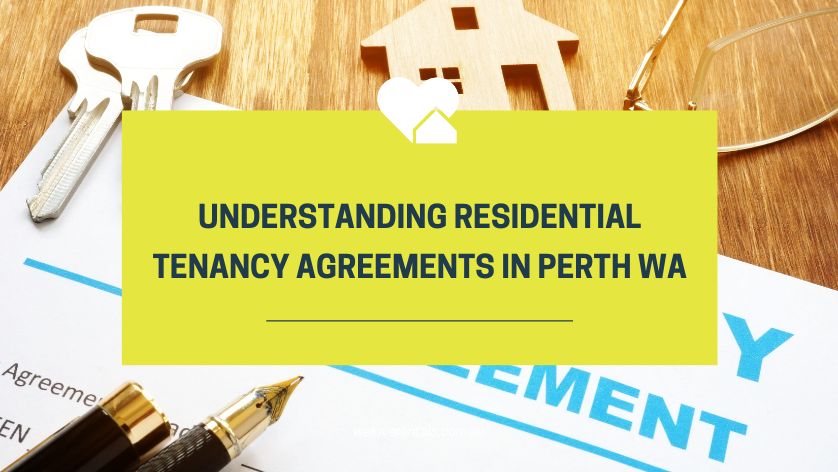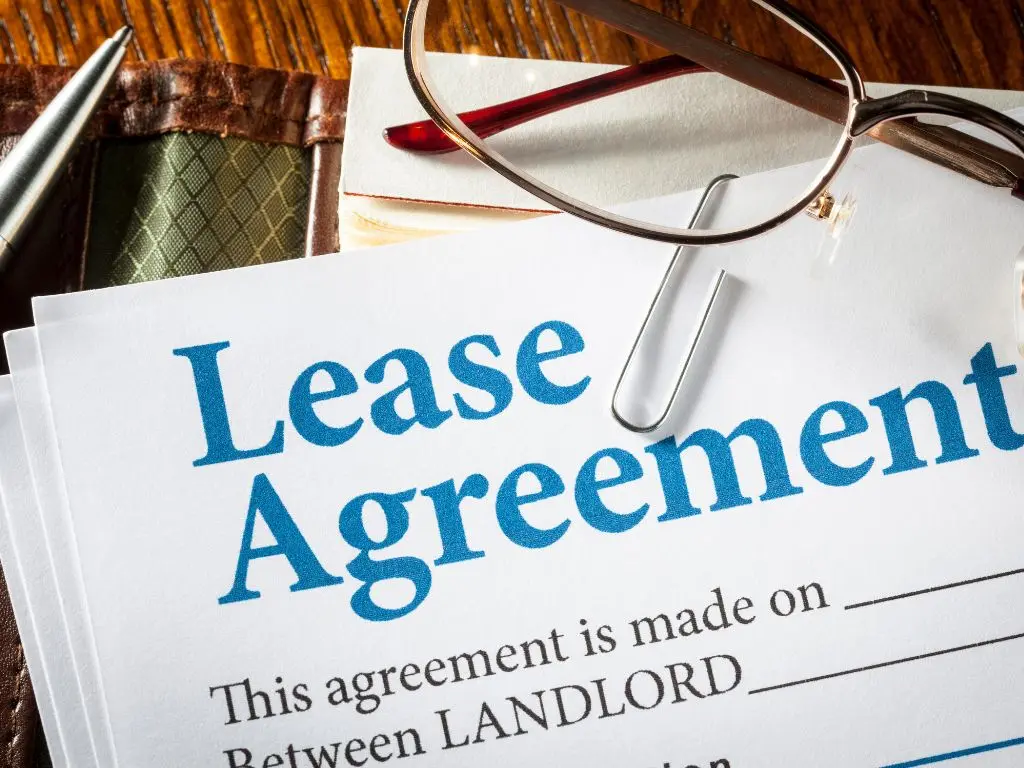
Understanding Residential Tenancy Agreements in Perth WA
Understanding a lease agreement (the Residential Tenancy Agreement) can help make a tenancy hassle-free and reduce risk for landlords and tenants.
However, in our experience managing Perth properties, not understanding the rental agreement can be a recipe for disaster!
So read on for our insights. While we can’t cover every variable in this blog post, we want to help you avoid some common misunderstandings.

Understanding Your Residential Lease
The first step is to read the lease carefully.
Form 1AA must be used for all written residential leases in WA.
What Does Form 1AA Cover?
Part A of Form 1AA includes:
- landlord, tenant, agent, and property details
- any part of the property excluded from the lease
- whether parties agree to use emailed notices
- lease type (fixed-term or periodic)
- lease start date/fixed-term end date
- number of occupants allowed
- rent amount/payment method
- security bond/pet bond
- whether a rent increase applies during tenancy/calculation method
- who pays for utilities — metering/method of calculation
- whether strata by-laws apply
- pets allowed, if any
- whether tenant can sublet/re-assign lease with permission
- whether alterations/fixtures are permitted with permission
- the Property Condition Report.
NOTE: Some sections require filling out, or selection of an option. Never sign Form 1AA until all sections are completed. One missed “tick box” can make a lease ambiguous, causing a dispute.
Ensure you understand each term you’re agreeing to.
Part B sets out Standard Terms covering the parties’ rights and responsibilities, based on the Residential Tenancies Act (RTA). These can’t be altered.
Key tenant rights and obligations include the:
- right to
- vacant possession
- “quiet enjoyment” of the property
- copies of documents
- obligation to
- pay rent on time
- pay utilities as agreed
- keep property clean/rubbish-free
- mow/weed/water gardens
- do everyday maintenance
- report damage/other maintenance requirements ASAP
- replace lost keys.
- Tenants agree NOT to:
- allow unauthorised occupants/pets
- make unauthorised alterations
- cause damage
- disrupt neighbours
- act illegally
- operate a business from home.
Tenants can find more information here.
Key landlord responsibilities include providing the property:
- clean/in reasonable repair
- compliant with applicable building/safety laws e.g., pool fencing, blind cords, smoke alarms, RCDs
- securable, with RTA approved locks.
During a tenancy, landlords must carry out:
- timely repairs to buildings/equipment, as required by the RTA
- major maintenance e.g., gutter cleaning, tree lopping
- pest/vermin control unless tenants caused infestation.
Landlords must lodge bond money with the Bond Administrator.
Landlords must NOT:
- enter without giving tenants proper notice
- unreasonably withhold permission for minor alterations/sub-letting if the lease allowed for these
- end the lease, except by agreement, or as allowed for by the RTA
- list tenants on a tenancy database without notice/proper reasons.
Landlords can find more information here.
In Part C extra terms can be added — these must not conflict with the RTA.
Paperwork
Tenants must receive copies of:
- Form 1AA Residential Tenancy Agreement, including landlord’s name and address (or agency’s address)
- Form 1AC Information For Tenant
- strata by-laws if applicable
- rent receipt (except for EFT payments)
- Lodgement of Security Bond Money form
- bond/pet bond receipts.
Why Does It Matter?
A residential lease is a legally binding agreement.
If either party doesn’t understand what they’re agreeing to, and breaches their lease terms as a result, they can be liable for the other party’s losses.
For tenants, this can include paying for damage, cleaning, gardening and/or break-lease costs (which can exceed the bond).
Other breaches like unauthorised pets or extra occupants can lead to eviction. Investment property owners, click the following link to learn more about pet-friendly rental properties in Perth.
Landlords can also be liable for breaches, including liability for injuries if the property is unsafe, rent reductions if repairs aren’t done promptly, and compensating tenants if their belongings are damaged.
Landlords can also face regulatory penalties.
What Next?
If you’re a tenant or landlord and don’t fully understand the lease, seek some advice from someone experienced.
Our experienced property managers at We Love Rentals are happy to help.
Our past blog post on tips for moving into your first rental property is helpful for first-time landlords and renters.
Why not email us or call (08) 6254 6300 for friendly, professional advice.

